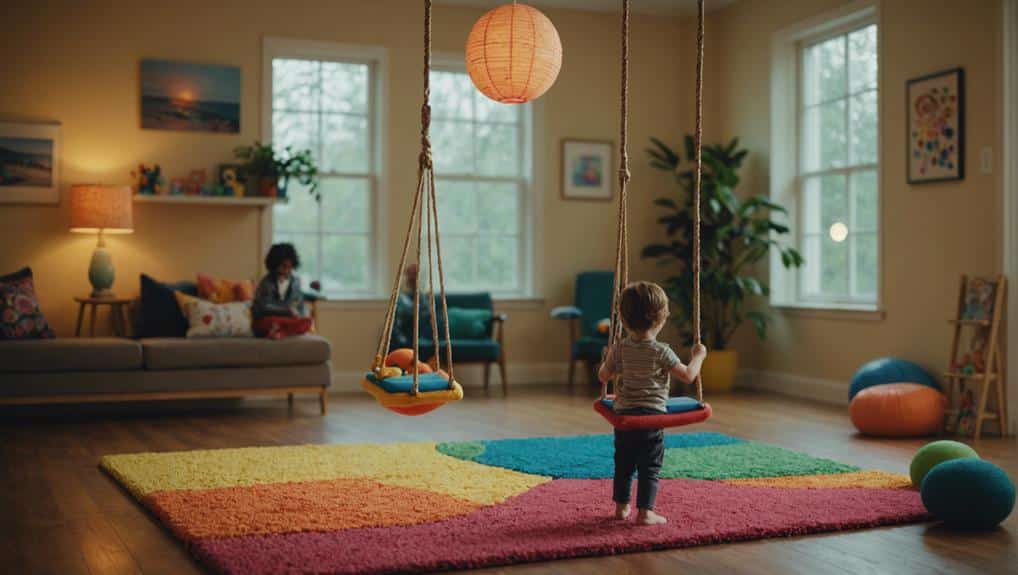
by Skill Point Therapy | Jul 4, 2024 | Sensory Integration Strategies
Spotting sensory issues early in children is essential for their development. Begin by observing behavioral patterns like hand-flapping or extreme reactions to stimuli. Sensory checklists can provide a thorough assessment to identify specific challenges. Implement...

by Skill Point Therapy | Jun 23, 2024 | Sensory Integration Strategies
Sensory integration therapy utilizes eight effective techniques to assist people in processing sensory information more efficiently. Proprioceptive input involves activities like using weighted blankets to enhance body awareness. Deep pressure therapy, including...

by Skill Point Therapy | Jun 15, 2024 | Sensory Integration Strategies
Sensory Integration Therapy (SIT) is a proven method to help children with autism who have sensory processing issues. Skilled occupational therapists use fun activities like swinging and brushing to improve sensory processing. These activities help kids manage their...

by Skill Point Therapy | Apr 20, 2024 | Sensory Integration Strategies
Sensory parenting involves creating a supportive, response-oriented environment for a child with sensory integration challenges. Establishing a sensory-friendly home with quiet spaces, minimal clutter, and calming colors can significantly decrease sensory overload....

by Skill Point Therapy | Apr 8, 2024 | Sensory Integration Strategies
Sensory integration is a fundamental neurological process necessary for practical interpretation and interaction with the world. Developed by Dr. A Jean Ayres in the 1970s, it differentiates from sensory processing by focusing on organizing sensory input for use....

by Skill Point Therapy | Feb 7, 2024 | Sensory Integration Strategies
Occupational therapy offers a nuanced and comprehensive approach to managing Attention Deficit Hyperactivity Disorder (ADHD), focusing on enhancing an individual’s ability to perform daily activities with greater ease and efficiency. The integration of...








Recent Comments